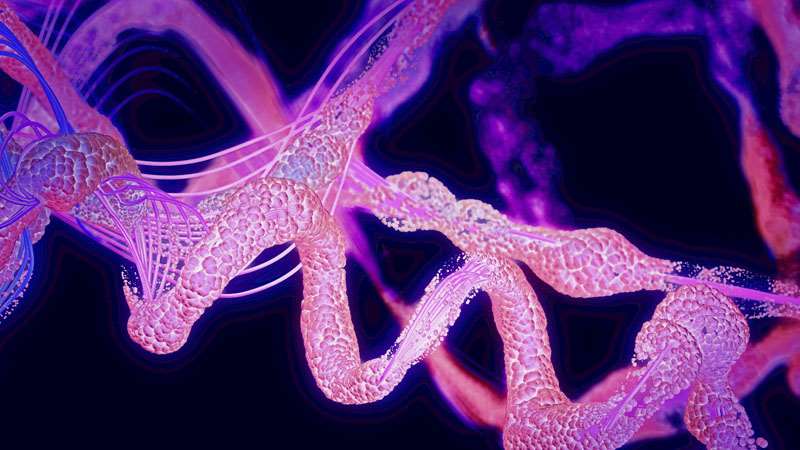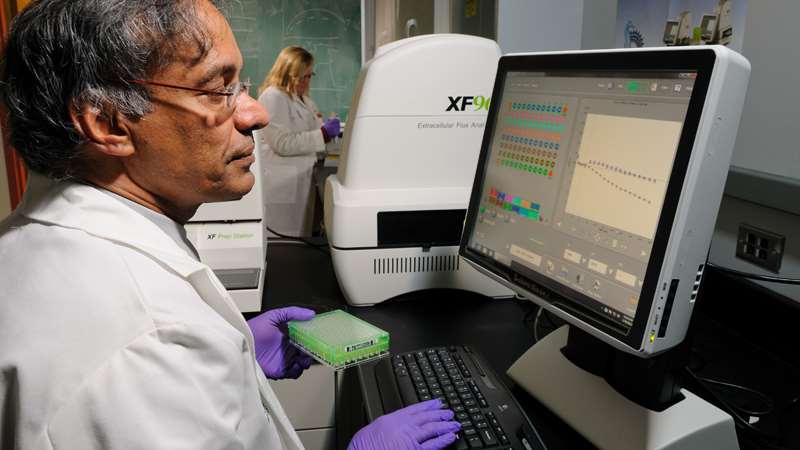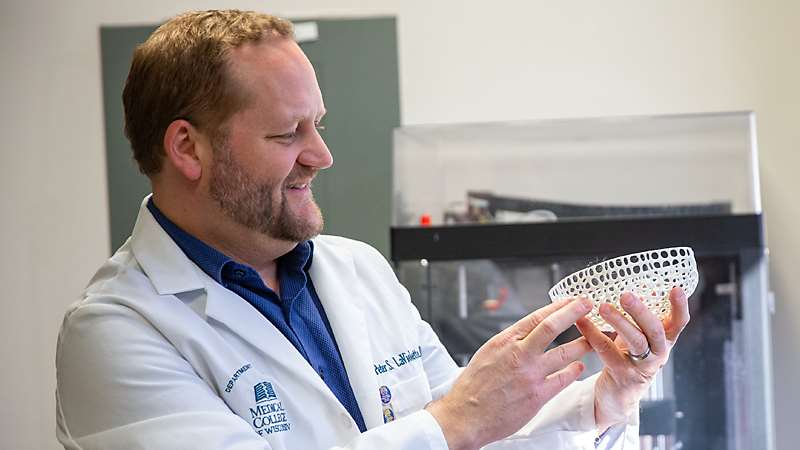Scheduling, Location, and Hours of Operation
Monday–Friday from 8 a.m.-5 p.m.
Services and Technologies
The SBSR consists of the Protein Purification unit and the Structure Determination unit. The Protein Purification unit produces homogeneous, high-quality proteins well suited for downstream biophysical studies and structure determination. The Structure Determination unit employs X-ray crystallography, Cryo-EM, and advanced AI-assisted analytical tools for structure determination and imaging.
- View the FY26 SBSR price sheet (PDF)
- Ask a Protein Production question.
- Ask a Cryo-EM question.
iLab Requests; Funding Support
iLab Requests and Support
Funding Support
Investigators should first utilize all available funding resources (below). If funding support is still needed, contact the Shared Resource Director to discuss Cancer Center support.
- Grant Funding (internal or external)
- Cancer Center Pilot Grants
- Start-up Funding
- Departmental Support
Shared Resources Acknowledgement
View Shared Resource acknowledgment instructions. (PDF)
We Value Your Feedback
Leadership
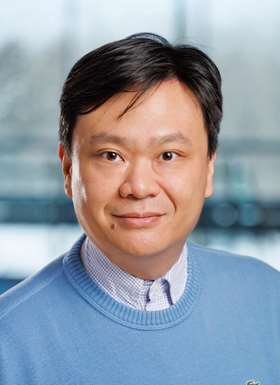
Staff Members

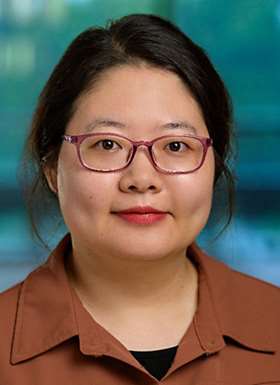
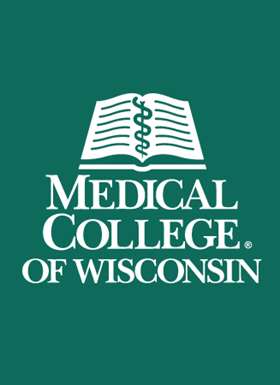
Notable Publications
Targeted degradation of GOLM1 by CC-885 via CRL4-CRBN E3 ligase inhibits hepatocellular carcinoma progression. (He J, Guo J, Liu S, Li H, Ma Y, Ma S, Hu Z, Zhao W, Tan M, Liu W, Liu B) Cell Signal 2025 Jun;130:111665 PMID: 39986359; DOI: 10.1016/j.cellsig.2025.111665; Scopus ID: 2-s2.0-85218907304
Structural Insights into Dopamine Receptor-Ligand Interactions: From Agonists to Antagonists. (Barbosa ED, Ma Y, Clift HE, Olson LJ, Zhu L, Liu W) ACS Chem Neurosci 2024 Nov 20;15(22):4123-4131 PMID: 39485723; DOI: 10.1021/acschemneuro.4c00295; Scopus ID: 2-s2.0-85208389275
FOXP4-mediated induction of PTK7 activates the Wnt/β-catenin pathway and promotes ovarian cancer development. (Ji J, Qian Q, Cheng W, Ye X, Jing A, Ma S, Ding Y, Ma X, Wang Y, Sun Q, Wang X, Chen Y, Zhu L, Yuan Q, Xu M, Qin J, Ma L, Yang J, Zhang M, Geng T, Wang S, Wang D, Song Y, Zhang B, Xu Y, Xu L, Liu S, Liu W, Liu B) Cell Death Dis 2024 May 13;15(5):332. PMID: 38740744; PMCID: PMC11091054; DOI: 10.1038/s41419-024-06713-7; Scopus ID: 2-s2.0-85192951272
CXXC5 drove inflammation and ovarian cancer proliferation via transcriptional activation of ZNF143 and EGR1. (Geng T, Sun Q, He J, Chen Y, Cheng W, Shen J, Liu B, Zhang M, Wang S, Asan K, Song M, Gao Q, Song Y, Liu R, Liu X, Ding Y, Jing A, Ye X, Ren H, Zeng K, Zhou Y, Zhang B, Ma S, Liu W, Liu S, Ji J) Cell Signal 2024 Jul;119:111180. PMID: 38642782; DOI: 10.1016/j.cellsig.2024.111180; Scopus ID: 2-s2.0-85190884720
FBXO5-mediated RNF183 degradation prevents endoplasmic reticulum stress-induced apoptosis and promotes colon cancer progression. (Ji J, Jing A, Ding Y, Ma X, Qian Q, Geng T, Cheng W, Zhang M, Sun Q, Ma S, Wang X, Yuan Q, Xu M, Qin J, Ma L, Yang J, He J, Du Q, Xia M, Xu Y, Chen Z, Zhu L, Liu W, Liu S, Liu B) Cell Death Dis 2024 Jan 11;15(1):33). PMID: 38212299; PMCID: PMC10784456; DOI: 10.1038/s41419-024-06421-2; Scopus ID: 2-s2.0-85182091692
Structure-Based Lead Optimization of Enterovirus D68 2A Protease Inhibitors. (Tan B, Liu C, Li K, Jadhav P, Lambrinidis G, Zhu L, Olson L, Tan H, Wen Y, Kolocouris A, Liu W, Wang J) J Med Chem 2023 Nov 09;66(21):14544-14563. PMID: 37857371; DOI: 10.1021/acs.jmedchem.3c00995; Scopus ID: 2-s2.0-85176509223
Cryo-EM structure of the human adenosine A2B receptor-Gs signaling complex. (Chen Y, Zhang J, Weng Y, Xu Y, Lu W, Liu W, Liu M, Hua T, Song G) Sci Adv 2022 Dec 23;8(51):eadd3709. PMID: 36563137; PMCID: PMC9788782; DOI: 10.1126/sciadv.add3709; Scopus ID: 2-s2.0-85144637416
An Isochroman Analog of CD3254 and Allyl-, Isochroman-Analogs of NEt-TMN Prove to Be More Potent Retinoid-X-Receptor (RXR) Selective Agonists Than Bexarotene. (Jurutka PW, di Martino O, Reshi S, Mallick S, Sausedo MA, Moen GA, Lee IJ, Ivan DJ, Krall TD, Peoples SJ, Perez A, Tromba L, Le A, Khadka I, Petros R, Savage BM, Salama E, Salama J, Ziller JW, Noh Y, Lee MY, Liu W, Welch JS, Marshall PA, Wagner CE) Int J Mol Sci 2022 Dec 19;23(24). PMID: 36555852; PMCID: PMC9782500; DOI: 10.3390/ijms232416213; Scopus ID: 2-s2.0-85144580245
Structural basis for receptor selectivity and inverse agonism in S1P5 receptors. (Lyapina E, Marin E, Gusach A, Orekhov P, Gerasimov A, Luginina A, Vakhrameev D, Ergasheva M, Kovaleva M, Khusainov G, Khorn P, Shevtsov M, Kovalev K, Bukhdruker S, Okhrimenko I, Popov P, Hu H, Weierstall U, Liu W, Cho Y, Gushchin I, Rogachev A, Bourenkov G, Park S, Park G, Hyun HJ, Park J, Gordeliy V, Borshchevskiy V, Mishin A, Cherezov V) Nat Commun 2022 Aug 12;13(1):4736. PMID: 35961984; PMCID: PMC9374744; DOI: 10.1038/s41467-022-32447-1; Scopus ID: 2-s2.0-85135832975
Structures of β1-adrenergic receptor in complex with Gs and ligands of different efficacies. (Su M, Paknejad N, Zhu L, Wang J, Do HN, Miao Y, Liu W, Hite RK, Huang XY) Nat Commun 2022 Jul 14;13(1):4095. PMID: 35835792; PMCID: PMC9283524; DOI: 10.1038/s41467-022-31823-1; Scopus ID: 2-s2.0-85134147752

